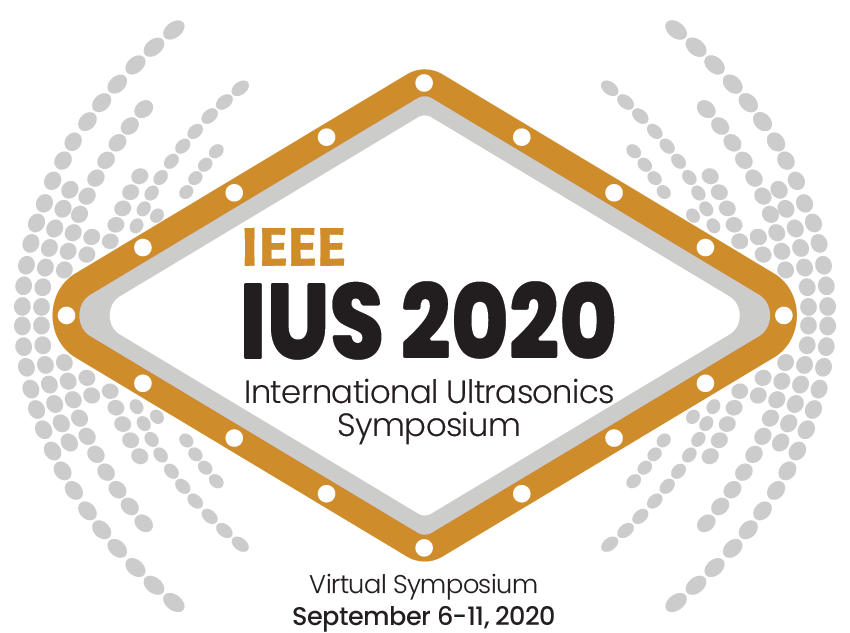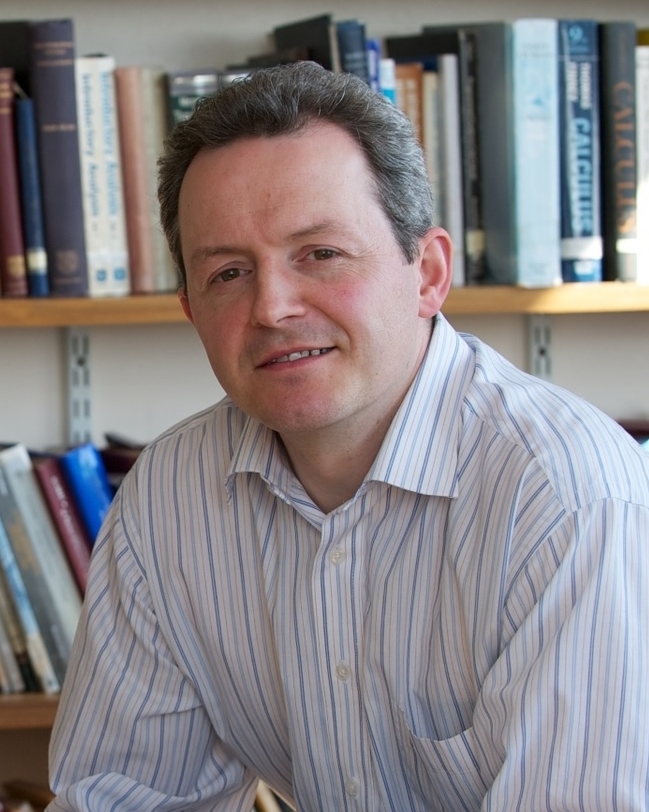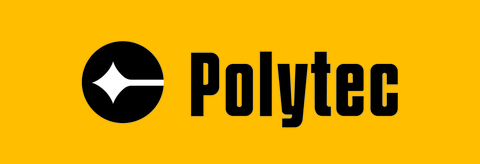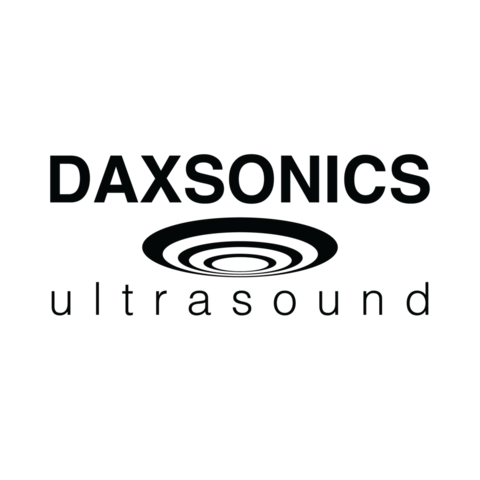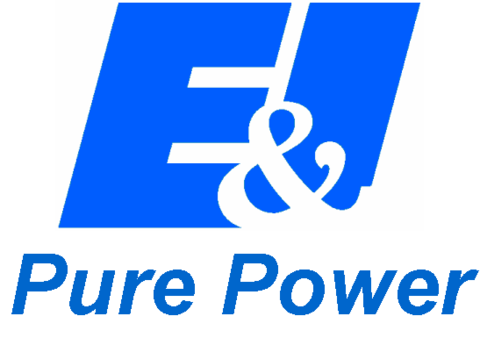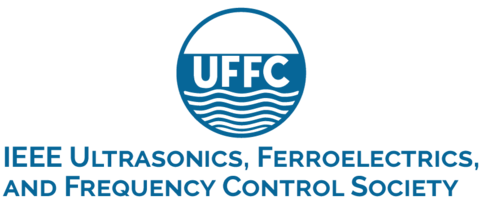Abstract
Ultrasonic phased arrays are used for non-destructive imaging of safety critical structures such as those found in nuclear plants. Flaw imaging methods normally assume that the host material is a homogeneous solid and this can lead to reduced flaw detection and characterisation when the host material has heterogeneous material coefficients. Knowledge of the spatial variation in the material’s internal elastic properties (tomography) can therefore be used to improve flaw imaging. This paper will discuss techniques to reconstruct the spatially varying coefficients (the local orientation of polycrystalline materials) from ultrasonic phased array data. A Voronoi tesselation is used to parameterise the material's structure, where the coefficient of interest is constant in each cell. In the first instance, the reversible-jump Markov Chain Monte Carlo (rj-MCMC) method is used to sample the posterior distribution of this piecewise constant heterogeneous material. In the second instance we solve this non-smooth, non-convex optimization problem using a multi-start nonlinear least squares method on a square grid. Good reconstructions are achieved but the method is shown to be sensitive to the addition of noise. We prove that the orientations can be determined uniquely given enough boundary measurements and provide a numerical method that is relatively stable with respect to the addition of noise. The reconstructed material map is then used with an adapted flaw imaging algorithm and empirical results suggest that this produces a more reliable reconstruction of defects.

